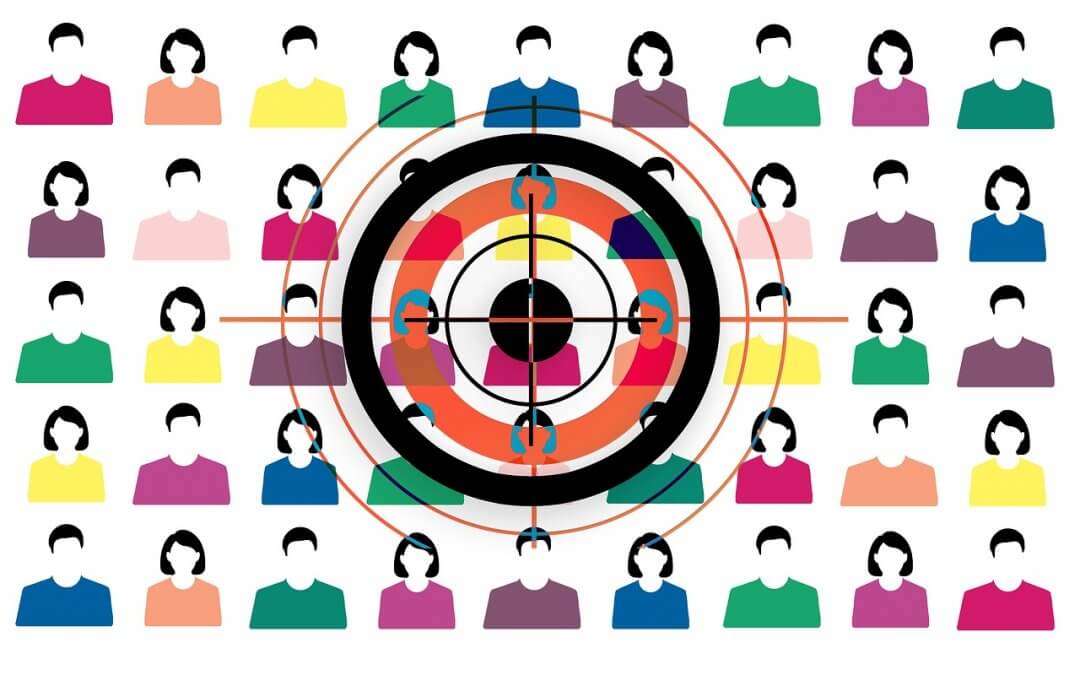The EOS Model® provides a useful foundation for businesses, but it falls short in addressing key aspects of creating an growth. By incorporating additional elements from the Gravitas 7 Attributes of Agile Growth® model, businesses can create a more comprehensive system that promotes growth while maintaining smooth operations. Focusing on Leadership, Strategy, Execution, Customer, Profit, Systems, and Talent, the 7 Attributes of Agile Growth® offer a more encompassing approach to achieving success.

What Are Your Critical and Counter Critical Numbers?
I know many business leaders and CEOs who follow the concept of 13-Weeks Sprints, whether they have adapted them from the Rockefeller Habits, EOS, or elsewhere. While 13-Week Sprints are great, many select their “Rocks” without tying them to the three to five corporate objectives for the next year, leading to the company’s 3HAG (3 Year Highly Achievable Goal) and BHAG (Big Hairy Audacious Goal). Thus, why many have ten to twenty “Rocks” that they are tracking and accomplishing, the team still feels like there is no coordination and everyone is going in different directions without alignment. Without alignment, nothing really gets accomplished. To resolve this, in each 13-Week Sprint, you need a Critical Number!
What is the Critical Number?
When determining the three to five corporate objectives for the next year, develop a theme for each quarter. Within that theme, identify the one critical number or metric that needs to be attained to move the company towards its objectives over the next quarter. Examples among my clients include reducing defects in software that they produce, project completion times, customer support response times, and employee utilization. Once the critical metric is identified, determine your “Rocks” for the 13-Weeks Sprint to move that metric to its desired result and rank them. The “Rocks” should be objectives across the organization that all support the achievement of that critical number.
When identifying the critical number for the period, frame it with a sense of urgency. “If we don’t hit this critical number, customer satisfaction will fall and drag down revenue, causing us to lose money and die, so it is essential to achieve this number.” That may seem a little extreme, but by framing it that way, the entire organization realizes its importance and has a ripple effect.
What About Your Counter Critical Number?
So, having identified your critical number and supporting “Rocks,” the following question to answer is, “What is the counter-critical number?” The necessary counter metric ensures that the focus on the key metric for the quarter doesn’t damage the company elsewhere. For example, suppose the critical number is customer support times, and we want to improve efficiency. In hitting that critical metric, we might provide worse customer support but achieve the support times we desire.
So the appropriate counter-critical number might be customer support satisfaction scores. We need to reduce customer support time but maintain or exceed a customer satisfaction score of X. Thus, the counter number stops the organization from hitting the critical metric at a detriment to other areas of the organization.
Selecting the appropriate counter-critical number needs work, as we often don’t anticipate all the changes that can result from setting the critical metric. Think of metrics for sales teams, as great salespeople are excellent at figuring out how to hit their targets with the least amount of effort and gaming the system. Many sales metrics have resulted in bad outcomes because no one thought through the ramifications of the targets. So get your team together and challenge each other about what you would do to hit the critical number that might damage the company. Do not take pride in the authorship of the critical metric or argue that certain behaviors would never occur within your team. To quote Douglas Adams, “A common mistake that people make when trying to design something completely foolproof is to underestimate the ingenuity of complete fools.”
As you work through this, a great rule is the “And” rule. You can only respond to any suggestion by agreeing with at least 10% of it and then improving on it by saying “And.” No “Buts” allowed!
Communicate and Celebrate!
Throughout the quarter, update the organization on its progress towards the critical number and maintaining the counter-critical number. Do this in weekly updates. Suppose you can’t generate the critical and counter-critical metrics weekly. In that case, they are bad proxies because, by the time you report them, it will be too late to correct to implement correcting actions to achieve them.
Also, when establishing the “Rocks,” critical and counter-critical numbers for the quarter, set a celebration budget. If you follow EOS, Verne Harnish, or any other management systems, you are aware of red, amber, green, and super-green targets. Basically, red = miss, amber = close, green = met, super-green = overachieve. The celebration budget should be dependant on the level of achievement, e.g.,
- if Y% of the “Rocks” are green and none are red, the budget is $X;
- if all the “Rocks” are green, then the budget is $1.2X; and
- if all the “Rocks” are green, but Z% are super-green, then the budget is $1.5X
Have the team, not the leadership, plan the celebrations for the different budgets and share them with the organization. Regardless of what it is, ensure that it’s something that will get everyone excited and motivated to work together to achieve it. If the numbers are reported weekly, everyone knows how they are progressing towards that exciting goal, and if they are missing some, they can adjust to try and achieve them by quarter’s end.
So go and set targets that will lead you to your 3HAG and not trip you up on the way. Celebrate each accomplishment. You will be glad you did.
Copyright (c) 2021 Marc A. Borrelli
Recent Posts
EOS is just that, an Operating System
What has COVID done to Company Culture?
COVID has affected everyone. However, companies need to examine if they have lived their core values during COVID, how they are reinforcing them in a WFH environment, and especially with the onboarding of new hires.
Profit ≠ Cash Flow
Knowing how much cash you generate is essential for planning for growth. Too many companies don’t know and when they grow they find they are continually running out of cash. Understand your cash flow generation and how to improve it through improvements in your Cash Conversion Cycle and using the Power of One.
What Are Your Critical and Counter Critical Numbers?
The key to achieving long term goals is to define short term goals that lead you there. Focusing those short term goals around a key metric is essential. However, ensure that the metric will not lead other areas astray by having an appropriate counter critical metric act as a counter balance.
Rethinking ‘Family’ Culture in Business: Fostering Performance and Success
Explore the importance of company culture and the potential pitfalls of adopting a “Family” culture in organizations. Learn how to foster a high-performance culture while maintaining key family values and discover success factors for family businesses. Rethink the “Family” culture concept and create a thriving environment for your organization.
Do You Truly Know Your Core Customer?
Knowing the profit of your core customers is key to building a growth model. Many companies have identified core customers that are generating a sub-optimal profit and so they cannot realize the profits they seek. Identifying the correct core customer allows you to generate profits and often operate in “Blue Ocean.”
The Spectacular Rise and Fall of the European Super League
The European Super League (ESL) collapsed within 48 hours of its announcement due to hubris, a lack of value creation, and fan backlash. The founders’ arrogance led them to disregard European football’s deep-rooted traditions and culture. At the same time, the focus on wealthy club owners instead of merit undermined the essence of the competition. The fierce backlash from fans, who felt betrayed by their clubs, demonstrated the importance of prioritizing supporters’ interests in football.
When Should I Sell My Business?
Many business owners want to sell at the top of the market. However, market timing is tough. Is this the best strategy? Probably not.
Does Your Financial Model Drive Growth?
Working with many companies looking to grow, I am always surprised how many have not built a financial model that drives growth. I have mentioned before a financial model that drives growth? Here I am basing on Jim Collin's Profit/X, which he laid out in Good to...
COVID = Caught Inside
As we emerge from COVID, the current employment environment makes me think of a surfing concept: “Being Caught Inside When a Big Set Comes Through.” Basically, the phrase refers to when you paddle like crazy to escape the crash of one wave, only to find that the next wave in the set is even bigger—and you’re exhausted. 2020 was the first wave, leaving us tired and low. But looking forward, there are major challenges looming on the horizon as business picks up in 2021. You are already asking a lot of your employees, who are working flat out and dealing with stress until you are able to hire more. But everyone is looking for employees right now, and hiring and retention for your organization is growing more difficult.
















